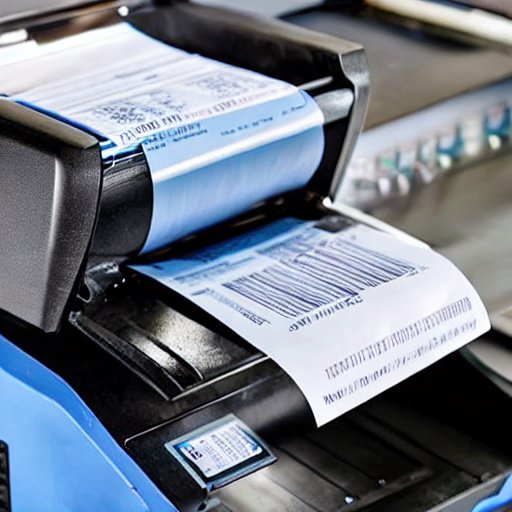
Thermal paper is a popular choice for printing receipts, labels, and other time-sensitive documents due to its convenience and cost-effectiveness. However, one common question that arises is whether it is possible to print on thermal paper using an inkjet printer. In this article, we will explore the feasibility and considerations of printing on thermal paper with an inkjet printer.
Thermal paper is specifically designed for thermal printing, which uses heat to create prints without the need for ink or toner. Inkjet printers, on the other hand, utilize ink cartridges to apply liquid ink onto various types of paper, enabling full-color printing and detailed graphics.
Unfortunately, attempting to print on thermal paper with an inkjet printer is generally not recommended. Inkjet printers are not designed to work with thermal paper and can cause various issues:
Compatibility: Thermal paper and inkjet printers have different mechanisms and requirements. The inkjet printer’s print head, which sprays ink onto the paper, relies on the paper’s absorbent surface to prevent smudging and ensure proper ink adhesion. Thermal paper’s heat-sensitive coating is not compatible with the liquid ink used in inkjet printing, resulting in poor print quality and potential damage to the printer.
Image Stability: Thermal paper is designed to react to heat, which activates the chemicals in the thermal coating to create the printed text or images. Inkjet ink, however, does not have the same heat-activated properties. As a result, the inkjet prints on thermal paper may not adhere properly to the surface, leading to smudging or fading over time.
Paper Durability: Thermal paper is often coated with a protective layer that provides resistance against heat, moisture, and chemicals. Inkjet printing can compromise this protective coating, making the thermal paper more susceptible to damage, fading, or deterioration.
If you require full-color printing or detailed graphics on thermal paper, it is advisable to consider alternative options. One possibility is to use regular paper designed for inkjet printers and laminate the prints using a thermal laminating machine. This approach allows you to achieve the desired visual quality while still benefiting from the protective properties of thermal lamination.
It is important to note that thermal paper is not compatible with all types of printers. If you require thermal printing capabilities, it is recommended to use a dedicated thermal printer that is specifically designed for thermal paper and can generate prints using heat rather than ink.
In conclusion, attempting to print on thermal paper with an inkjet printer is generally not recommended due to compatibility issues and potential damage to the printer. Thermal paper is designed for thermal printing, not for use with inkjet printers. If you require full-color or detailed prints on thermal paper, consider using regular paper designed for inkjet printing and then laminate the prints using a thermal laminating machine for added protection. Remember to choose the appropriate printing method and equipment based on your specific needs to ensure optimal results.